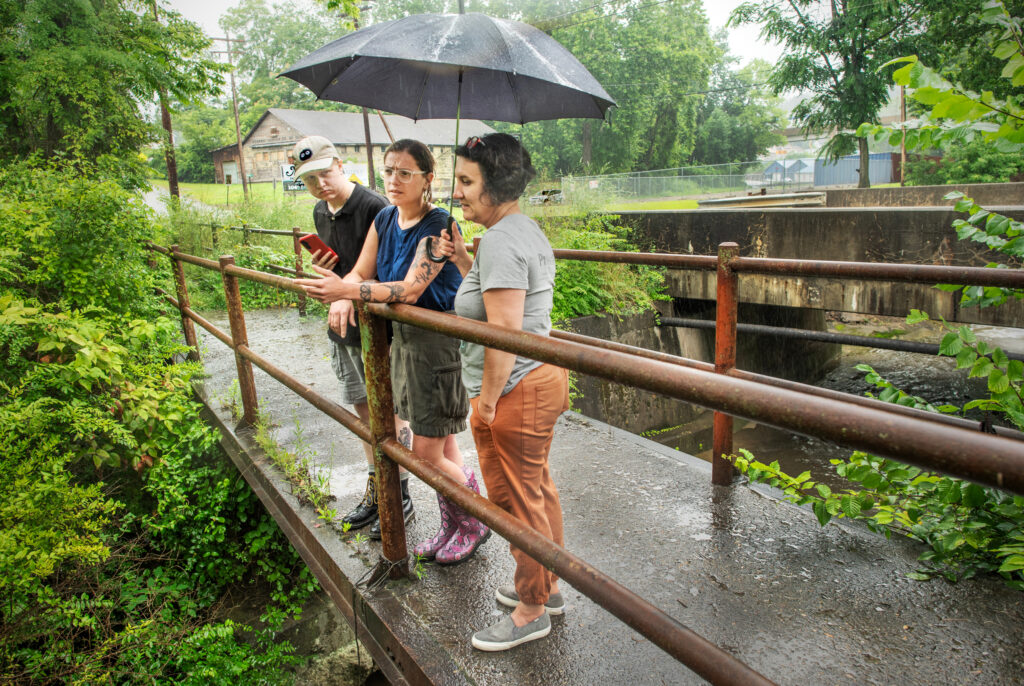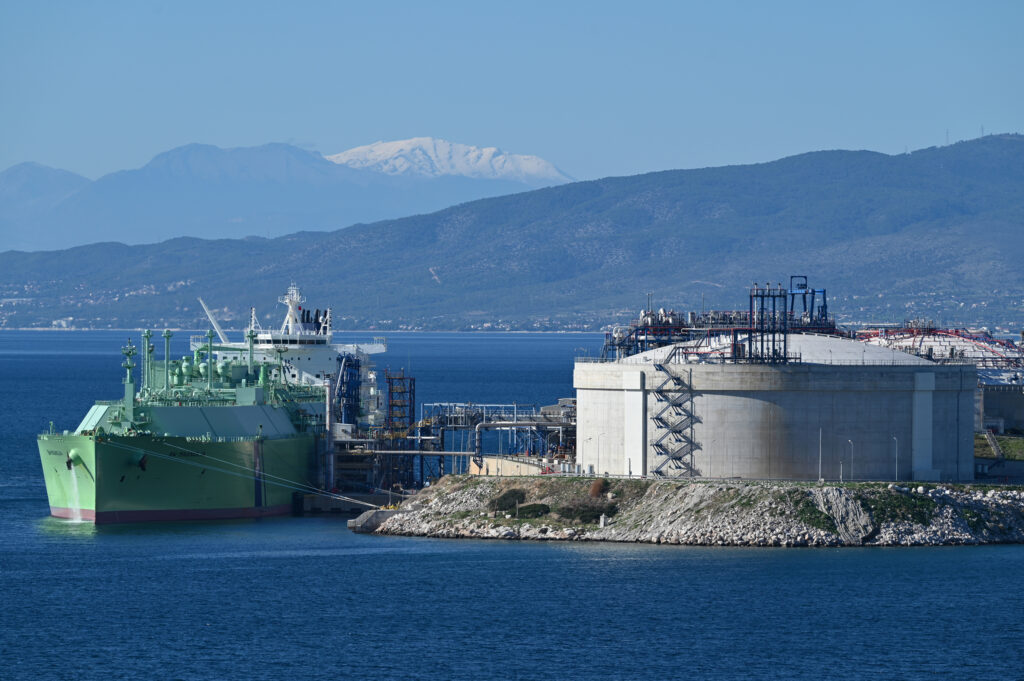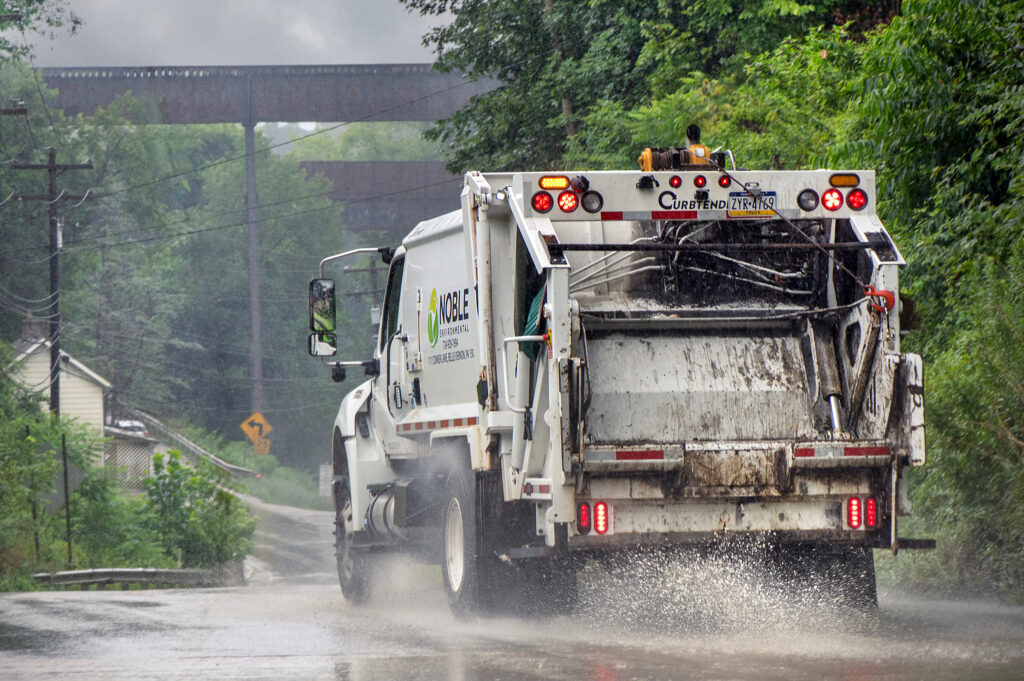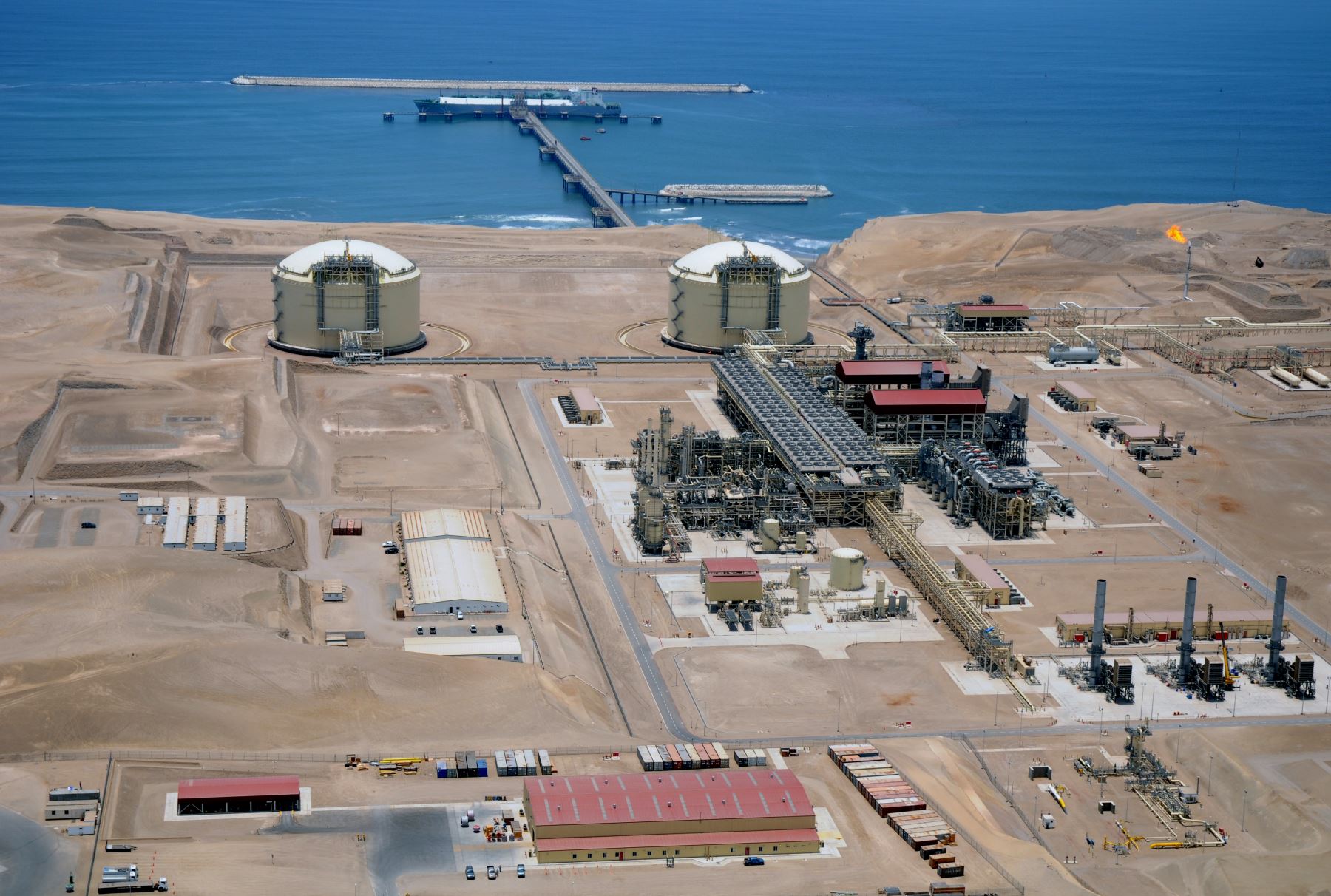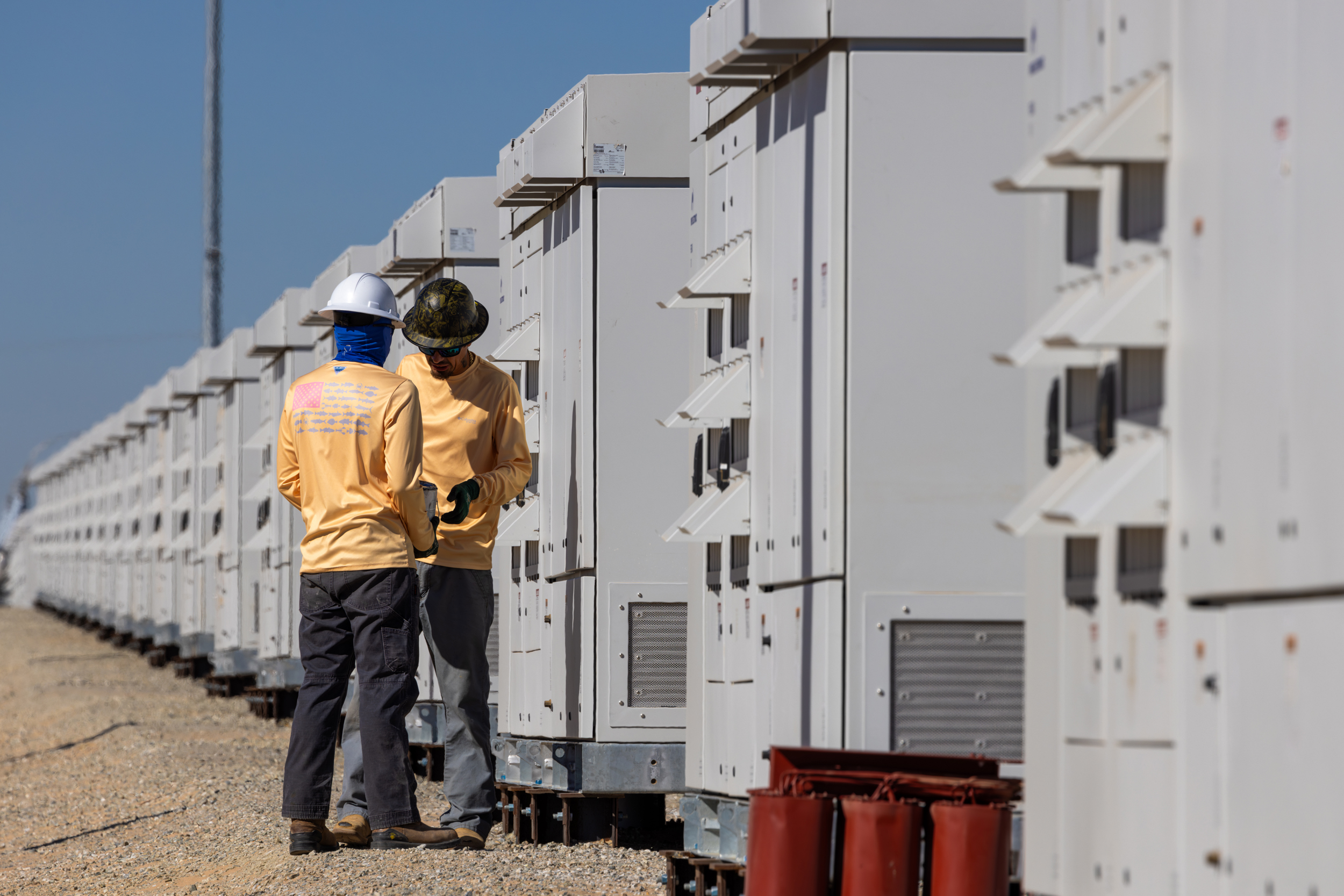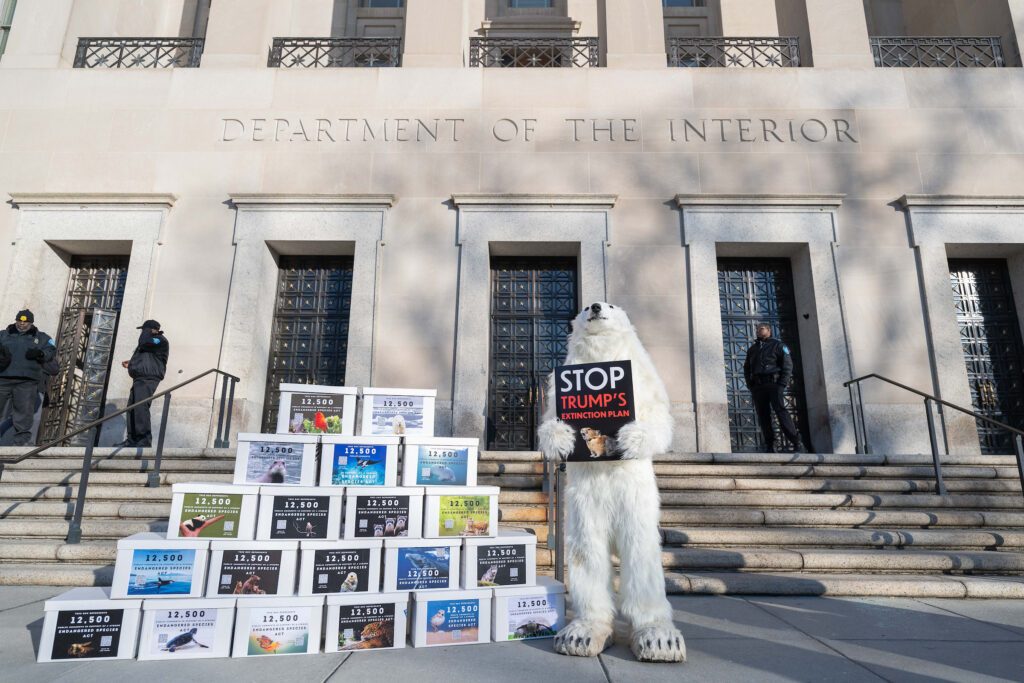A Texas utility company this week announced an agreement to pipe an additional 1.5 billion cubic feet of Permian Basin gas to the Port Arthur industrial corridor.
Entergy Texas, a regional utility, will partner with pipeline giant Kinder Morgan and Golden Pass LNG on the $1.7 billion, 216-mile Trident Intrastate Pipeline to meet surging power demand in Southeast Texas.
The project, and others like it, will introduce more carbon emissions into the atmosphere, even as Earth barrels past its warming targets. It opens doors to further increases in Permian Basin gas production, which is already at record highs but generally constrained by pipeline capacity, and enables further growth in Port Arthur’s industrial sector, one of the nation’s largest complexes of refineries and chemical plants.
“We believe our Trident Intrastate Pipeline project is critical to meeting rising power, industrial and LNG demand in Texas and are excited to work with Entergy Texas and Golden Pass LNG,” said Sital Mody, president of gas pipelines at Kinder Morgan, in a press release distributed Tuesday evening.
We’re hiring!
Please take a look at the new openings in our newsroom.
See jobs
The pipeline is expected to begin operations in early 2027, aligning with the start of major industrial projects in the area, according to the release. Natural gas is processed at large plants into plastics and chemicals, burnt in furnaces to power industrial processes or super-cooled and exported as LNG.
It will also fuel local power plants to meet surging electrical demands. Entergy Texas, which provides electricity to half a million customers in 12 counties, estimates that it must increase its energy supply 40 percent by 2028 to serve its growing customer base. That’s in line with statewide projections that see electrical demand across Texas doubling in six years, driven by data centers and other large industrial consumers.
“By securing a reliable and sustainable fuel supply, we are building the foundation for a stronger energy future,” said Entergy Texas CEO Eliecer Viamontes.
The Trident Intrastate Pipeline will meet pipelines from the Permian Basin at a transfer hub west of Houston, then carry the shale gas around Southeast Texas and to Port Arthur.
It’s one of several major gas pipeline projects in recent years that are paving the way for higher output from West Texas. The 580-mile Matterhorn Express pipeline began operating late last year, carrying 2.5 billion cubic feet of gas per day to the transfer hub west of Houston.
Production and combustion of natural gas produce carbon emissions that warm the global climate. The gas mixture contains primarily methane, a greenhouse gas 80 times more potent than carbon dioxide in the short term.
A 2024 study published in the journal Nature identified widespread leakage of methane from natural gas infrastructure, including wells, storage tanks, pipelines and compressor stations. Natural gas also produces carbon dioxide when burned.
American production of natural gas has surged since the revolution in hydraulic fracturing, doubling between 2005 and 2023. It has helped to reduce nationwide carbon emissions by replacing coal for power generation in many cases. But, where gas meets new demands rather than replacing old supplies, it adds additional carbon to the atmosphere, intensifying a global climate crisis.
The Trident Intrastate Pipeline is designed for an eventual expansion to 2.8 billion cubic feet of gas delivered per day.
About This Story
Perhaps you noticed: This story, like all the news we publish, is free to read. That’s because Inside Climate News is a 501c3 nonprofit organization. We do not charge a subscription fee, lock our news behind a paywall, or clutter our website with ads. We make our news on climate and the environment freely available to you and anyone who wants it.
That’s not all. We also share our news for free with scores of other media organizations around the country. Many of them can’t afford to do environmental journalism of their own. We’ve built bureaus from coast to coast to report local stories, collaborate with local newsrooms and co-publish articles so that this vital work is shared as widely as possible.
Two of us launched ICN in 2007. Six years later we earned a Pulitzer Prize for National Reporting, and now we run the oldest and largest dedicated climate newsroom in the nation. We tell the story in all its complexity. We hold polluters accountable. We expose environmental injustice. We debunk misinformation. We scrutinize solutions and inspire action.
Donations from readers like you fund every aspect of what we do. If you don’t already, will you support our ongoing work, our reporting on the biggest crisis facing our planet, and help us reach even more readers in more places?
Please take a moment to make a tax-deductible donation. Every one of them makes a difference.
Thank you,





